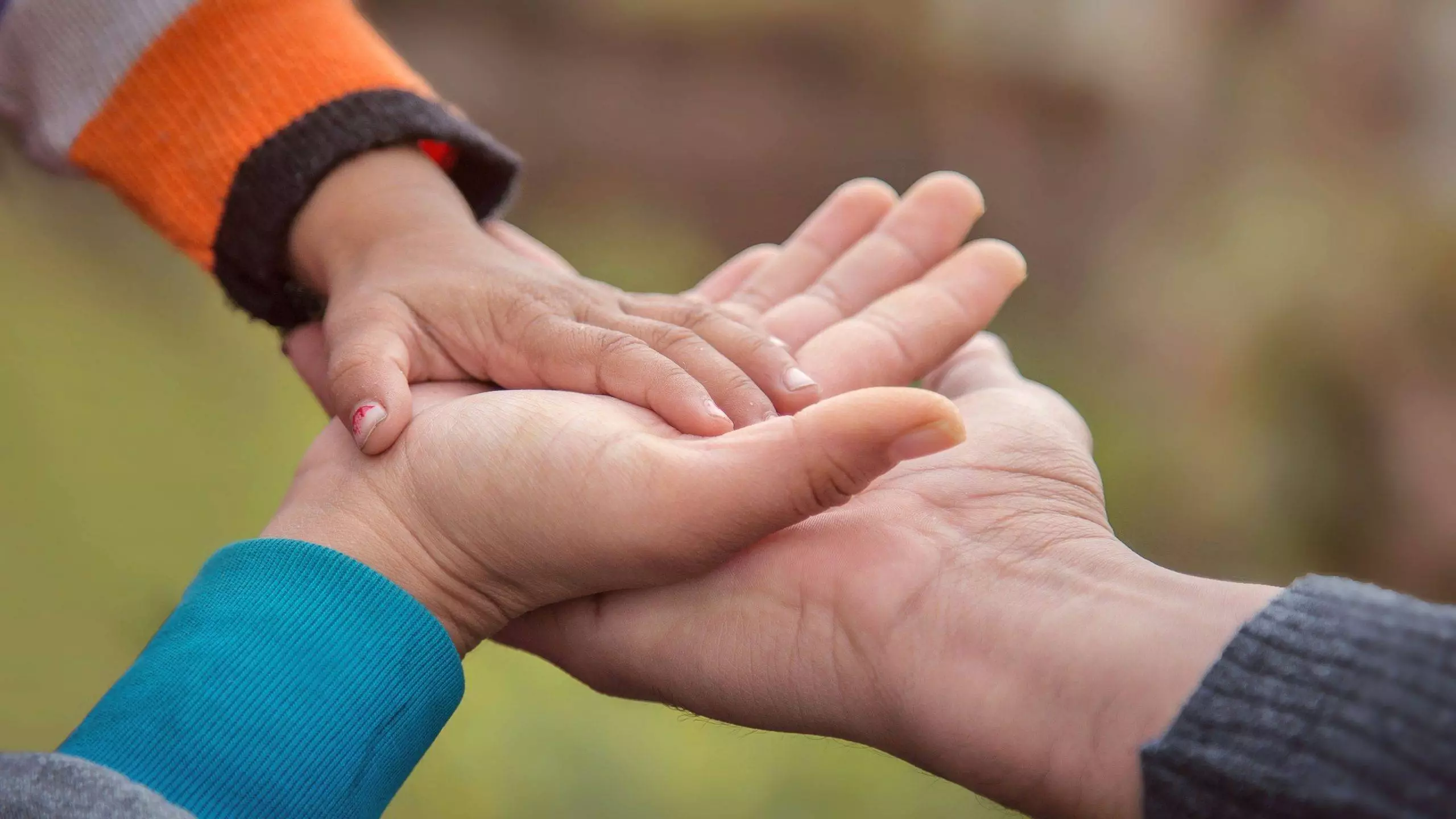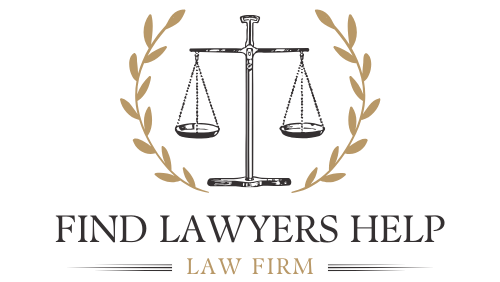
What Happens If A Child Needs Protection In Victoria
Every child deserves to grow up in a safe and nurturing environment. Unfortunately, many children in Victoria, Australia, face challenges such as neglect, abuse, or other forms of harm that threaten their well-being. Protecting these vulnerable children is a priority, and understanding the legal frameworks in place is essential for ensuring their safety.
Understanding When a Child Needs Protection
In Victoria, a child is deemed in need of protection if they are experiencing or at risk of harm or neglect impacting their physical or emotional well-being. The Children, Youth and Families Act 2005 specifies several scenarios that indicate a child may require protective intervention:
- Neglect: This occurs when a child lacks access to essential needs like food, shelter, medical care, education, and supervision. Signs may include malnutrition or frequent illnesses.
- Abandonment: A child is considered abandoned if left unattended in unsafe situations for extended periods, making them susceptible to harm.
- Death or Incapacity of Parents: If a child’s parents are deceased or unable to provide care, and no other guardians are available, the child requires protection.
- Physical Injury: Significant harm inflicted by a parent or caregiver, such as hitting or shaking, constitutes physical injury.
- Emotional or Psychological Harm: Continuous belittling or exposure to domestic conflict can lead to serious emotional issues requiring intervention.
- Sexual Abuse: Indicators include sudden knowledge of sexual acts or social withdrawal, which may signal abuse.
Reporting Child Protection Concerns
Reporting concerns about a child’s safety is crucial for their well-being. In Victoria, the process for reporting to the Victorian Child Protection Service under the Department of Families, Fairness and Housing (DFFH) is designed to be accessible:
Who Can Report?
Anyone concerned about a child’s welfare can report issues. Reports can be made anonymously; however, providing contact information can facilitate follow-up. Certain professionals—such as teachers and healthcare workers—are legally obligated to report suspected abuse.
When to Report?
Signs indicating a child may be at risk include:
- Physical signs: Unexplained injuries or frequent bruises.
- Behavioral signs: Extreme withdrawal or aggression.
- Emotional signs: Symptoms of depression or anxiety.
- Neglect indicators: Poor hygiene or malnutrition.
- Direct disclosures from the child about harm.
Steps to Report
Reports can be made during business hours by calling the local Child Protection service. For urgent concerns outside business hours, contact the After-Hours Child Protection Emergency Service at 13 12 78. When reporting, provide detailed information including:
- The child’s name, age, and address.
- Specific concerns prompting the report.
- Family details and immediate safety threats.
The Role of the Judiciary in Child Protection
The judiciary plays an essential role in child protection cases in Victoria. If authorities believe a child cannot safely remain with their family, they may seek a protection order from the Children’s Court in Melbourne. Types of protection orders include:
| Order Type | Description |
|---|---|
| Family Preservation Order | DFFH supervises the child’s care while parents retain responsibility. |
| Family Reunification Order | DFFH gains responsibility but parents retain decision-making on major issues unless stated otherwise. |
| Care by Secretary Order | Parental responsibility is granted solely to DFFH for two years. |
| Long-Term Care Order | Sole responsibility granted until the child turns 18 or marries while living with non-parent caregivers. |
| Permanent Care Order | Grants parental responsibility to someone other than the parents until the child turns 18 or marries. |
The Importance of Child Protection Lawyers
Child protection lawyers play a vital role in advocating for children’s rights within these legal frameworks. Their responsibilities include:
- Legal Representation: Advocating for children and families in court proceedings.
- Advisory Role: Providing legal advice regarding rights under child protection laws.
- Case Preparation: Assisting with legal documents and evidence gathering.
- Negotiation and Mediation: Facilitating agreements outside of court that prioritize children’s best interests.
- Advocacy for Systemic Change: Promoting improvements in child protection laws and policies.
For children under 10 years old, an Independent Children’s Lawyer may be appointed to represent their interests. Children over 10 can directly communicate their wishes regarding court proceedings.
Ensuring Every Child’s Right to Safety
Protecting children from harm is a shared responsibility among individuals, communities, and legal authorities in Victoria. By recognizing signs of abuse and understanding legal mechanisms available for intervention, we can proactively safeguard children’s welfare.If you suspect a child is at risk, contact the DFFH or local child protection services immediately. Together, we can make a significant difference in the lives of vulnerable children across Victoria.
